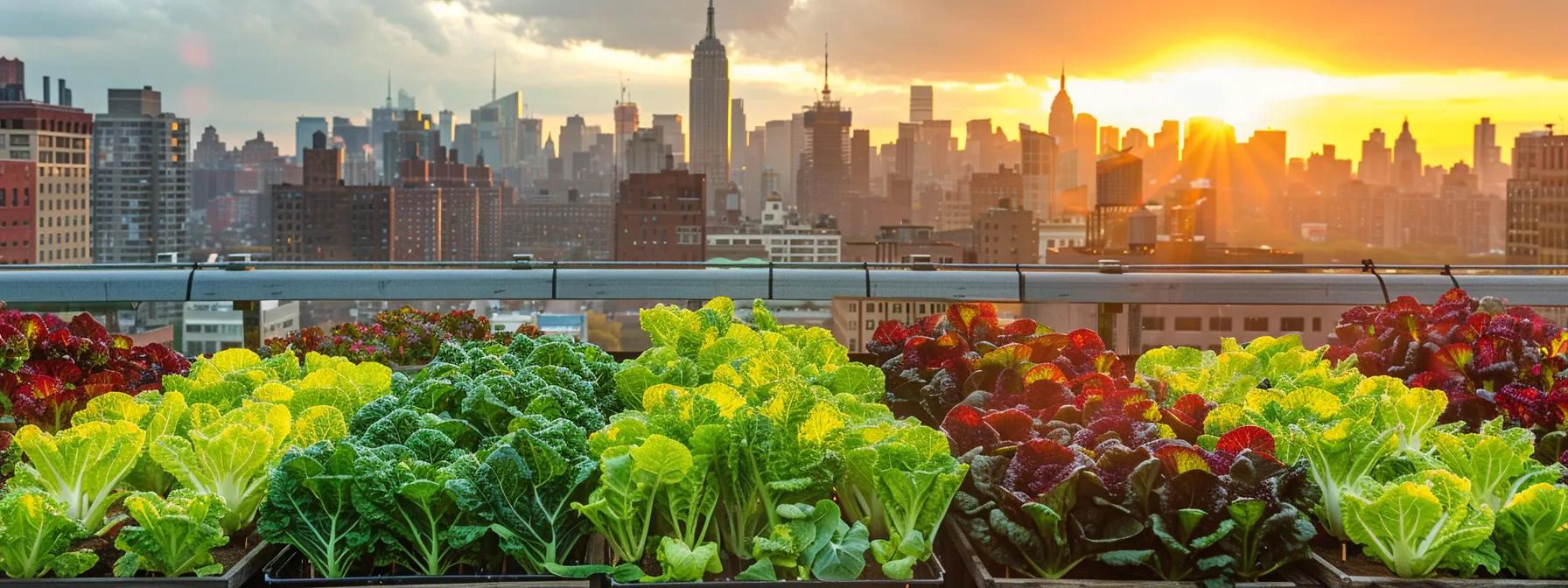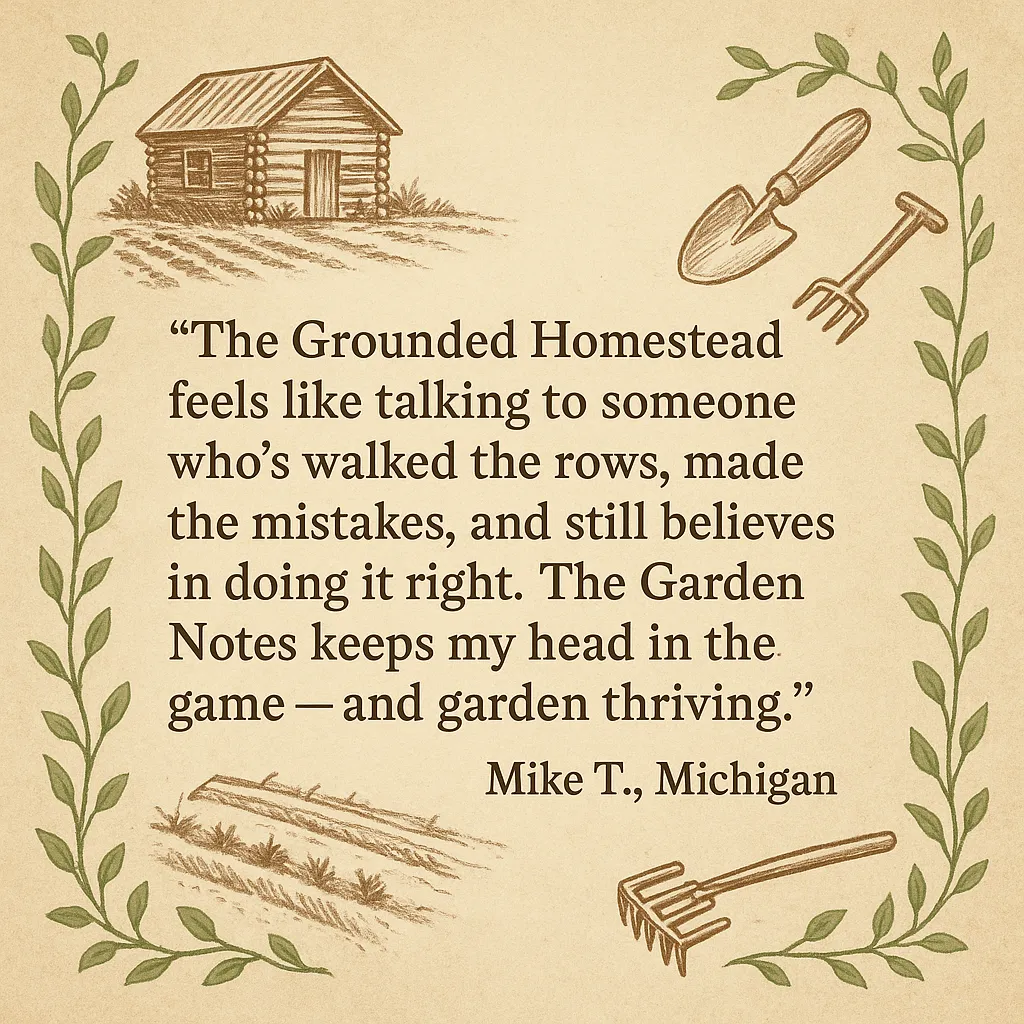
The Lettuce Succession Plan: How to Get a Salad Every Week from Spring to Fall
The Lettuce Succession Plan: How to Get a Salad Every Week from Spring to Fall
Let me tell you about the year we didn’t buy lettuce once. From March through November, every single salad came from our garden—crisp romaine, buttery heads, tender loose-leaf cuts, all on repeat. It wasn’t complicated. It just came down to one thing most gardeners forget: don’t plant it all at once.
If you’ve ever harvested three heads in one week and nothing the next, this plan is for you. Whether you’ve got a backyard garden, a few raised beds, or just containers on the porch, I’ll show you how to time your plantings and stretch your season for nonstop greens.
Know Your Growing Window (and Your Zone)
Start with your USDA Zone. If you’re in Zones 4–5, your lettuce window might run April to early October. Zone 6 or 7? You’re looking at March through November with a bit of planning. Warmer Zones 8–9 can grow nearly year-round with summer adaptations.
Lettuce grows best between 45°F and 75°F. It can handle some cold and hates the heat. That’s why we frontload spring, shift strategy in summer, and ease back in come fall. Track your first and last frost dates—and keep an eye on daylight hours (lettuce slows once you dip below 10 hours per day).
The 7–14 Day Rule — How to Time Successions
If you only remember one thing from this post, make it this: sow every 7 to 14 days.
In the cool months of spring and fall, plant every 7–10 days. As the days heat up and growth speeds up (or bolting risk increases), stretch it to 10–14 days. This rhythm ensures that as one batch reaches harvest, another is on the way.
Here’s a sample from our Zone 6 plan:
MonthSow DatesMarch15th, 25thApril5th, 15th, 25thMay5th, 20thJune1st (shift to shade)July5th (heat-tolerant only)August1st, 15th (for fall)September1st (last fall crop)
Grandma’s Tip: “If you can remember laundry day, you can remember lettuce day.”
Start Smart — Seed Trays vs. Direct Sowing
You don’t need to start everything indoors, but knowing when to do so is key.
Direct sow in cool spring or shady summer beds—quick and simple.
Tray-start during the hottest weeks (or if space is limited). This gives you a head start and protects from scorching sun.
A small rotation of 4 trays can keep your pipeline steady. When one tray gets planted out, start the next. This keeps the cycle moving without overloading your garden—or your fridge.
When transplanting, handle gently. Lettuce roots are shallow, and rough moves set them back. Use a butter knife or a dibbler to minimize stress.
Mix Your Maturity Dates — Layer the Timeline
Not all lettuces grow at the same speed. Blend your sowings to create natural stagger:
🟢 Quick growers (30–45 days): Black Seeded Simpson, Buttercrunch
🟡 Mid-season types (50–60 days): Romaine, Batavia, Red Sails
🔴 Slow growers (65–75+ days): Crisphead, Iceberg, dense romaines
Plant all three types in each sowing round. This way, even if you only sow every 10 days, your harvests will naturally spread out thanks to varied maturity rates.
You can buy a pre-mixed seed blend or mix your own—just keep track of what's what.
Beat the Heat — Growing Lettuce in Summer
Hot weather doesn’t mean giving up lettuce—it just means adjusting tactics.
Choose bolt-resistant varieties like Jericho, Muir, or Coastal Star
Plant in afternoon shade (north side of taller crops, fences, or trellises)
Add shade cloth or floating row covers for a temperature buffer
Water deeply and regularly to cool the soil and slow stress
Use mulch to keep moisture in and roots cool
Lettuce gets bitter and bolts fast in the heat, but with these tweaks, you can keep it going—just don’t expect the same output as spring.
Fall Transition & Season Extension
As daylight shortens, lettuce slows down—but it doesn’t have to stop.
Late August through mid-September is prime time for your fall crop. Pick cold-hardy types like:
Winter Density
Arctic King
Rouge d’Hiver
Red Romaine
Use a row cover or low tunnel to hold in warmth. In Zones 6–7, you can often harvest into November this way. In Zones 8–9, winter becomes your prime growing season.
Use this guide to time your final sowing:
ZoneLast Sow Date (Uncovered)With Cover4Aug 15Sept 15Aug 25Sept 106Sept 5Sept 207Sept 15Oct 18+Oct 1Oct 15
Harvesting for Maximum Yield
You don’t need to wait for full heads.
Cut-and-come-again: Snip outer leaves with scissors, leave the center to regrow
Full head: Wait until firm and well-shaped, cut at the base
Storage tips: Rinse, wrap in a damp towel, and store in the fridge crisper
Harvest in the morning when leaves are crisp and hydrated. Avoid cutting during the hottest part of the day—it leads to wilting.
Space Planning: From Beds to Buckets
No matter your setup, you can succession plant.
3-Bed or Grow Bag Rotation:
Bed A: Early spring start
Bed B: Mid-spring + early summer
Bed C: Summer heat + fall transition
Container Gardening:
Use 5-gallon grow bags or deep trays
Rotate placements to follow sun and shade
Ideal for balconies, patios, and small backyards
Companion plant with radishes (quick growers), carrots (space fillers), or chives (pest deterrent) to make the most of tight quarters.
Grandma’s Tip:
“Don’t plant it all at once unless you want to eat it all at once.”
Grab the Free Printable: Lettuce Succession Calendar
Need help keeping track? I’ve put together a Lettuce Succession Planting Schedule, including:
Month-by-month sowing chart by USDA Zone
Variety suggestions by season
A weekly planting checklist
Urban-friendly 3-container layout
📥 [Download it here]
Whether you’re feeding a family or just want better greens on your plate, this succession plan turns lettuce into a steady staple, not a short-lived spring fling.
Because once you taste fresh, crisp, homegrown lettuce every week, you’ll never go back to bagged again.


Facebook
Instagram
X
Youtube